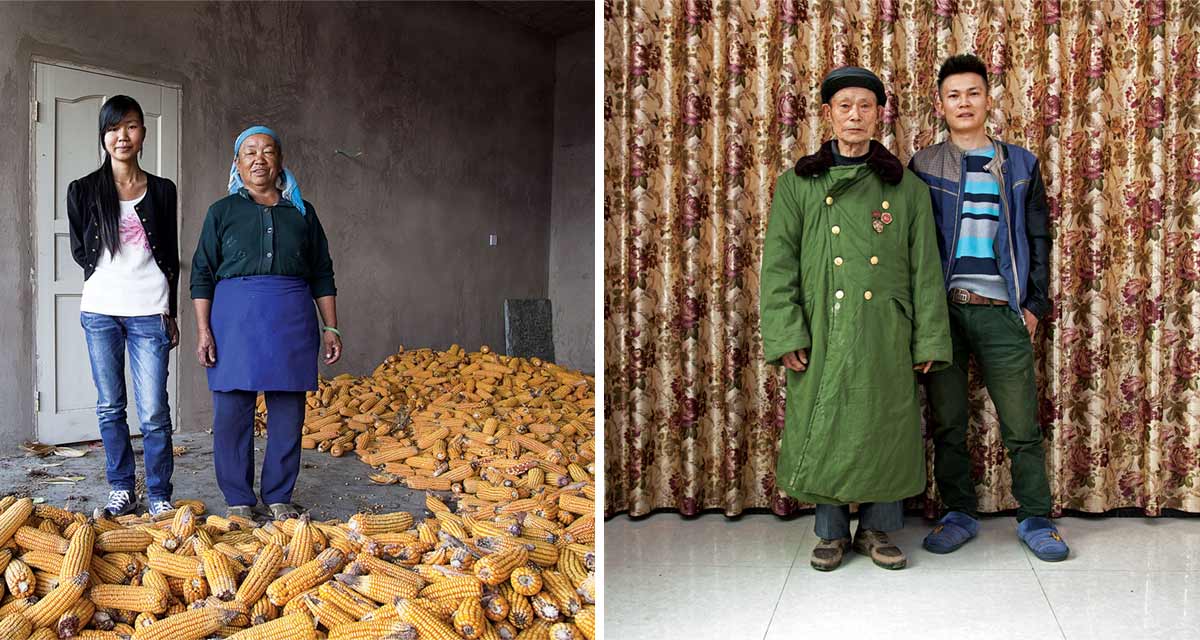Chinese companies have increased their global share in 13 categories of high-tech products
2022/11/23PRINTEMAIL
The presence of Chinese companies in the global high-tech sector has been further strengthened. In a 2021 global market share survey of major products and services compiled by Nikkei, Chinese companies increased their market share in 13 categories of high-tech products, including pure electric vehicles (EV) and advanced materials for batteries. The supply chain's dependence on China is once again evident.
Nippon Keizai Shimbun conducted a "market share survey of major products and services" for final products, services, core components and materials in 56 categories important to global economic activity, and surveyed the top five companies in each category. Chinese companies expanded their market share in 13 out of 28 major high-tech products, including final products such as battery electric vehicles (EV) and smartphones and components, while their share decreased in six. The remaining nine categories had no Chinese companies in the top five.
The Biden administration has imposed strict restrictions on the export of advanced semiconductors to China as the U.S. and China are in sharp conflict over economic security. The United States is pressuring Japan to follow the restrictions on China. Japan and the US need to reassess their supply chains in order to cope with emergencies in the Taiwan Strait, but the survey results show that Chinese companies have a high market share.
The most prominent is the area related to EV. CATL (Ningde Times New Energy Technology), the world's largest vehicle battery market, has a share of 38.6 percent, up more than 12 percentage points from 2020. Together with BYD, Chinese companies have a 46 per cent market share in vehicle-mounted batteries.
Byd also moved up to fourth place in the EV segment, overtaking the Renault-Nissan-Mitsubishi Japan-France alliance. Byd controls EV prices by taking advantage of its strength in in-house production of key components such as onboard batteries. Byd ranked second behind Tesla in EV sales between January and June 2022.
In the isolating layer (insulating film) that separates the positive and negative electrodes of key battery components, Shanghai Enjie New Materials Technology has expanded its market share with government subsidies by investing in production, which has risen to 28.7 percent, ahead of the second largest Asahi with 10.7 percent. In the rapidly expanding EV supply chain, Chinese companies are strengthening their presence from upstream to downstream.
In LCD panels, where Japanese and South Korean companies used to compete fiercely, Chinese companies such as BOE, which has the largest share of large, medium and small sizes, are gaining market share. Boe's OLED panels are also used in Apple's iPhone, catching up with South Korea's Samsung Electronics Co LTD, which is leading the market.
On the other hand, while Huawei maintained its top share of mobile base stations, its share dropped from 38 percent to 34 percent due to US sanctions.
Among the 56 categories surveyed, 32 Chinese companies have entered the top five in terms of market share, 21 of which have increased their market share and 11 of which have decreased. Due to the epidemic prevention and control, China's economic recovery has lagged behind that of Europe and the United States, with sluggish domestic demand and declining market share of construction machinery and medium and heavy trucks.
American companies have the largest market share and the largest number in 18 categories, followed by China with 15. Japan still has seven. SONY Group is a leader in CMOS image sensors and Sumitomo Chemical Group is a leader in polarizers for LCD panel components.
KPMG FAS partner Masahisa Inagaki said that "global companies are responding by dividing their supply chains into 'China' and 'non-China', among other things, on the back of heightened tensions between the US and China". Daikin Industries in Japan is building a system that can produce air conditioners without Chinese-made components.

www.theglobeandmail.com

